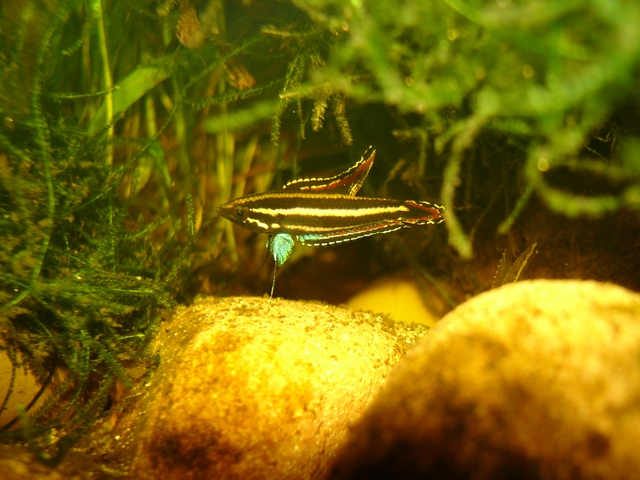How the Parosphromenus project has originated.

The Parosphromenus-Project has a prehistory which at first had nothing to do with fishes and aquaristics at all. It was about the research project of an international group of scientists at several universities in Germany, England, and the USA whose subject was the cultural change by economisation and globalisation. Who now is interested in how,, all of a sudden, aquaristics and then the Licorice Gouramis appeared in the course of works of this research group, should click the link to this research project to learn more.
The Parosphromenus-Project itself was founded in 2005 in Germany, the homeland of Parosphromenus-aquaristics, to bring the highly threatened by extinction Licorice Gouramis into the focus of aquarists and the general public. The basic purpose was, and still is to make an effective contribution to the conservation of these fish.
The founders, Peter Finke and Martin Hallmann from Germany, first established a study group within the “International Society for Anabantoid Fish” (IGL). This study group continous to exists very successfully, but the job of bringing together Paro friends from all over the world quickly led the IGL and the communication in German to a limit. Still, Germany is one of the epicentres of today’s Parosphromenus-aquarictics.
A central motive for the founding were the depressing experiences of massive physical destruction of natural habitat in South-East Asia at the end of the 20th century. At that time we had to recognize that the destruction of habitats of these fantastic small fish of Malaysia, and Indonesia progresses in raving haste. The second motive was that we had to face the fact, that all fish of this genus which at that time were introduced to the aquarium hobby to Europe, America or Japan by either the international aquarium trade or from private collectors had mostly disappeared again after one or two years. Only a few breeders managed to reproduce these fishes, and most others to who the offspring was distributed were not capable of propagating them any further.
All this we want to change with the Parosphromenus-Project.
(PF)

